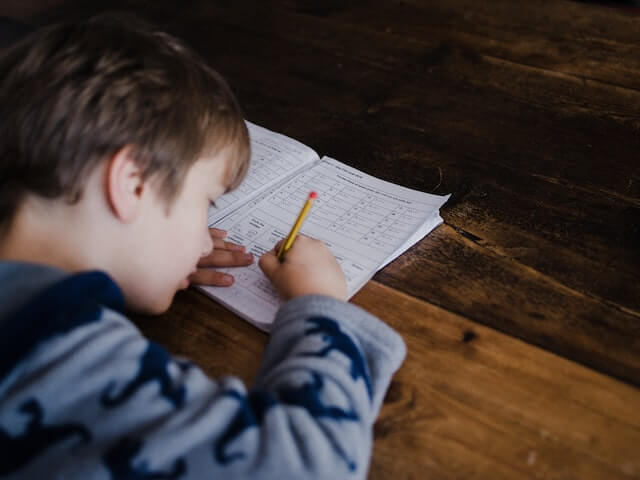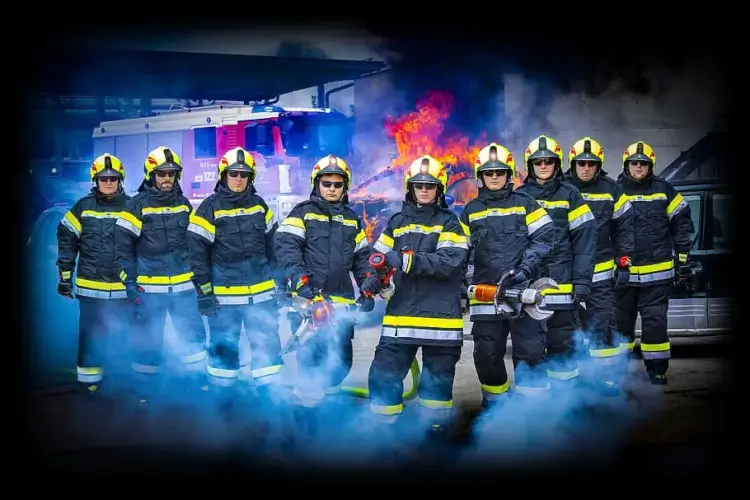1. The stages in which the academic process passes.
Academic writing differs from other writing, such as personal, literary, journalistic, or business writing, and the purpose and manner of writing partly explain this. Writing requires word choice and regular grammatical structures. The tone of a piece of writing can be serious, personal, or impersonal. It should be as objective as possible. The process of academic writing goes through four main stages:
1.1 Prescription
This phase begins with choosing and narrowing down a topic. If it is about a specific topic, what is addressed is limited, while if it is a patronymic topic (general and broad topic), who must narrow the subject? “This permits to go further into a couple of issues, keeping away from the shallow treatment of many issues.” 1 Narrowing the topic to a specific one is done to write more clearly and completely.
Example :
General topic: “The contribution of Albanian linguists.”
Explicit subject: “Nobert Jokli’s commitment to Albanian semantics.”
Very specific topic: “Nobert Jokli’s contribution to the field of Albanianology.”
Model for specifying a general topic
Media and issues (topic axis)
Use of foreign words in the media (specific topics)
Use of foreign words in visual media (more specific topic)
Use of foreign words in news editions (very specific topic)
After choosing the topic and narrowing it down, the next step in this phase is generating ideas. This is done through a process called Brainstorming (translated as “brainstorm” – it is a technique that asks students to think about an issue without worrying about the ideas that come to them), which allows writing faster and saves time in the stages of later in the writing process.
Three are the most useful techniques for extracting the main ideas (for Brainstorming):
a) Listing / is a technique through which one thinks about the topic and makes a list of words or expressions that come to mind. Its motivation is to create however many thoughts as could be expected under the circumstances in a brief time frame.
b) Free writing / is an activity in which you write freely about a topic. Writing down an idea creates other ideas. It is about producing as many ideas as possible without being bound by grammatical, logical, or precise organization. The more you write freely; the more ideas will come.
c) Cluster (translates to “mind map” – encourages students to think freely and openly about an issue) / is another technique that can be used to generate ideas. The theme is written in the center, then ideas after chained ideas.
Model of brainstorming techniques
Topic: The use of foreign words in news editions
a) Listing
In news editions are used:
– Anglicism
– Italianisms
Politicians and journalists mainly use foreign words.
b) Free writing
In the visual media, we hear more and more foreign words, especially in the news editions. These words are mainly heard in politicians’ speeches and, therefore, in the journalists who summarize their lectures. How can we avoid them? Do we have no Albanian words to replace them?
c) Clustering
1. The use of foreign words in news editions
2. The impact of the use of foreign words on listeners
3. Foreign words to be replaced
3.1. Anglicism
3.2. Italianism
1.2 Planning
The second stage is planning (putting a rule on the notes made during the listing, freewriting, and clustering by analyzing them). Ideas organized in a cluster outline appear in topics and subtopics planned to be written about in later stages of creative work. “We can’t expound on something without having a bunch of information, which will turn into the object of investigation.”
The primary task in this writing phase is to read as many articles as possible about this topic for several reasons:
– Let’s not fall into plagiarism (“coherence” has to do with the text’s logical organization, with the way judgments and reasonings are related to each other).
– To have as much information as possible so as not to fall into repetition.
– Bibliography helps in better writing of the topic.
1.3 Writing and rewriting
a) First-hand writing
After reading the relevant literature on the topic and filing the materials, the drafting of the manuscript (first draft) begins.
The paper should have a basic structure with an introduction, development, and conclusion.
– First, the basic sentence is written.
– Space should be left on both sides of the paper to make notes when the paper is read.
– Paragraphs are written according to planning, where ideas are divided into topics and subtopics. The fundamental objective is to give as much data as possible.
b) Rewriting the content and organization
Rewriting is done to improve writing. The paper is checked for content and organization, including unity, coherence, and logic.
During this phase, you should:
– To add or remove words aiming to present thoughts efficiently and in an interesting form.
– During the first revision, what should correct only content and organization?
– Read the paragraphs carefully. Put notes in the blanks for the parts that need to be improved.
– To see the general logic and coherence. The reader should easily understand written ideas.
– The paragraph should have a basic sentence, and this sentence should have a central focus.
– To see unity. Remove sentences that do not support the main sentence.
– The basic sentence is developed with sufficient supporting details. Each paragraph should give the reader enough information to understand the main idea.
– Using signs to make changes.
– To see if the paragraph has a closing sentence.
– Revise the paragraph considering all the notes made during the first reading.
Thus, the second draft is obtained.
c) Second-hand writing
The next step is to correct grammar, structure, and punctuation.
During this phase, you should:
– Check each sentence for accuracy and completeness; no-nonsense sentences should exist.
– Check sentences for correct use of verb tenses.
– Checking punctuation, capitalization, etc…
– Taking advantage of linguistic diversity (replacing or paraphrasing repeated words).
d) Editing of the second article
This stage is best done after rest, so who can view the writing objectively? Ao deals with the content side and the language side of a piece of writing.
What should view the paper in its entirety:
– Is the topic treated with a beginning, development, and conclusion?
– Is the writing understandable to the reader?
– Is there a logical and chronological flow?
– Is there repetition of words or ideas?
– Does the closing represent the author’s intention, presented in the introductory paragraph?
e) Correction
Proofreading is about determining the correct spelling and grammar forms and the unification of different graphic forms presented in the text (citations, diagrams, bibliography, etc.).
1.1 Final writing
First, the implementation of all the changes noted in the second draft should be seen after proofreading the final copy, who can still make some changes. Writing is a continuous process and is subject to adjustments until the final form.
The final control that what must do on the work is related to:
– Sentence structure
– Coherence
– Grammar
– The dictionary
Related Content : 10 Tips for assignment help Writing Engaging Content That Hooks Readers
Author Bio
My name is Hadleigh Perez, and I have a keen interest in the field of writing. I have written a couple of articles on various gemstones related to fashion and would love to express my opinion on more such stones. Hope it has maximized your knowledge of gemstone jewelry and satisfied your quest to buy moonstone from an authentic place. We believe in quality and offer the same in our information and products.







